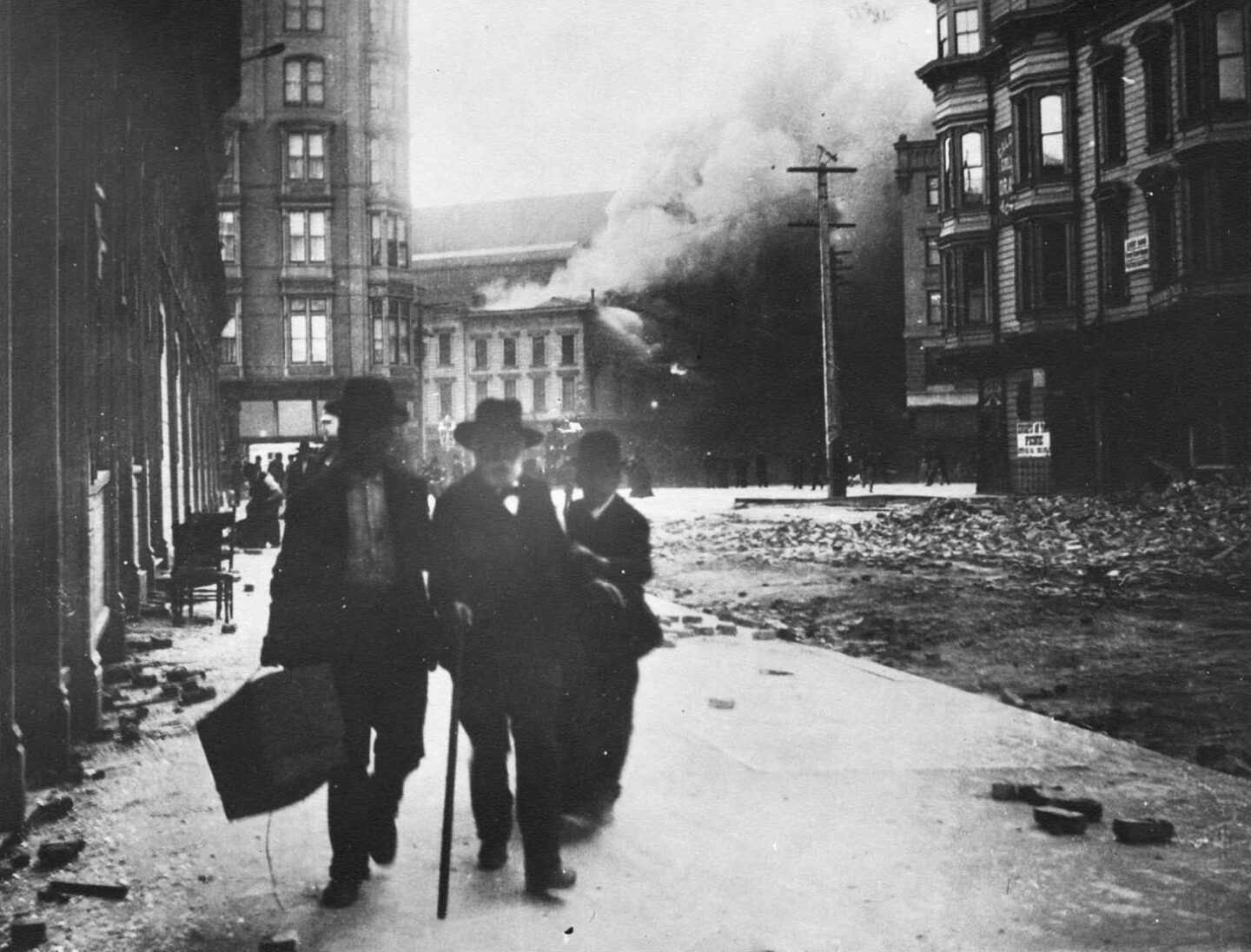The Three Brothers in Yosemite, 1861. (Carleton Watkins)
The powerful Yosemite photographs of Carleton Watkins
It was an unknown photographer from New York, as much as anyone, who saved Yosemite from commercial exploitation. Carleton Watkins had come to California during the Gold Rush to seek his fortune, but turned instead to photography.
In 1861, he strapped nearly a ton of camera equipment onto 12 mules — including giant glass plate negatives and a traveling dark room in a covered wagon — and made the arduous journey into Yosemite Valley.
The images he created, mysterious and powerful, were an international sensation. Displayed in New York in 1862, they were hailed by the New York Times as “indescribably unique and beautiful.” Two years later, the pictures helped persuade Abraham Lincoln to place Yosemite under federal protection. It was first time that a government created what was, in effect, a national park.

Bancroft Library/U.C. Berkeley
After a burst of fame from his Yosemite work, Watkins receded into obscurity. In a terrible blow, the 1906 San Francisco earthquake destroyed his studio and most of his negatives. Blind and destitute, he spent his final years at the Napa Hospital for the Insane. He died there in 1916 and was buried in an unmarked grave on the hospital property.
Modern appraisals of Watkins’ work have celebrated him as an essential figure of 19th century American art. But his environmental legacy arguably looms even larger. All that followed his groundbreaking photography in Yosemite, wrote the Guardian — the writings of John Muir, the birth of the national park system, the founding of the Sierra Club — “can be traced back to the intake of breath when his images were seen for the first time.”
Read more: Pacific Standard | The Guardian
● ●
Here’s a collection of Watkins’ photos. Google Arts & Culture
This article is from the California Sun, a newsletter that delivers must-read stories to your inbox each morning . Sign up here.
Get your daily dose of the Golden State.